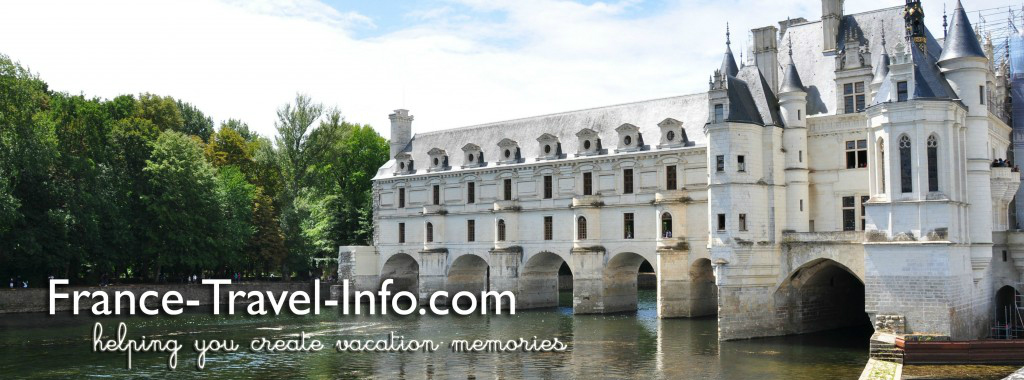Vaison-la-Romaine A Tale of two Histories but which did we Choose?
Originally, Vaison-la-Romaine was called Vasio by the Romans and then later became known as Vaison. In 1924, with the unearthing of the Roman ruins, the name became Vaison-la-Romaine, Vaison the Roman.
We began at the Tourist Information Office knowing we at least needed a physical map. As our day-trip to Vaison was a last minute decision, we arrived with little pre-preparation as to how to spend our day. The guide at the TI was super helpful and suggested the old town for two reasons. First, we were only there for the day and second, we had already seen extensive Roman vestiges in Arles and Glanum so the old town would provide a different view point of this part of France.
Vaison-la-Romaine New Town
Walking through the new town we passed two of the unearthed Roman vestiges. Plus, we crossed an amazing Roman bridge which still carries both pedestrian and vehicle traffic over the Ouvèze river. It is the connector between the “old town” and “new town”.

Mere steps from the large parking lot across from the Tourist information center we spotted these roman ruins. Can you imagine having this view from your home!
Glancing only slightly to the left of the above view, we can see the castle, Château Comtal, our ultimate destination.

Behind the Tourist information center is another area of Roman remains to explore. Don’t be deceived by the size at first glance. There are 8 hectares of Roman vestiges to see. Vaison-la-Romaine definitely will take more than a day to see all that it has to offer.

On we walked to the last Roman structure we would see before making our way up to the Château.
We stopped for photos before crossing the Roman bridge into the medieval old town.

Looking back toward the “new town” and the lovely provençal architecture behind the bridge over the Ouvèze river yielded spectacular views.

Pont romaine, Vaison-la-Romaine
Climbing to the Heights of the Medieval Old Town
The old town majestically perches above the river Ouvèze overlooking the new town with its Roman remains. That is such a contradictory sentence as the Roman vestiges pre-date the Château in the old town!
I think planning a trip is half the joy and the other half of the joy is in the doing! The joy in this story unfolds best by photos, taking you along as we walked. After crossing the old Roman bridge we began a gradual inclining walk through the old town.

The gate below the clock tower is one of two gates that closed off the old town as a protective measure for the Château.

Tour du beffroi
Stone passages and steps back in time

Electrical wires and a fire hydrant remind us we are in the 21st century.

The incline appears ever so slight but it eventually takes its toll if you are not accustomed to the grade. That 3% grade on the treadmill back home was insufficient to prevent muscle burn as we continued to climb!


And then we rounded a curve ……and spectacular views over the roof-tops rewarded our efforts.

Our ascent to the Château begins.
As we left the old town streets behind us and began the final ascent to the Château we met with sections where the mountain seemingly had encroached upon the path some century ago.

Success! We made it to the top….. well, we were almost there at this point! Still have to navigate that loose rock path. At this point, the city is working to secure the interior of the Château. Thus, a walk around the perimeter is the only access available.
Were we disappointed to not gain entrance? Absolutely not! The hike to the top with the delightfully amazing views made the whole day perfect.

On the return walk back to the new town, we followed a different route.

I would love to know the story behind this set of tiles on this door frame.

One last look up before beginning this steep descent.

Thanks for coming along with us as we explored Vaison. I’m definitely ready to return and maybe stay in a b&b somewhere along the walk we took.
If you want to learn more about the Roman history of Vaison, this site is a good starting point in English.





Leave a Reply